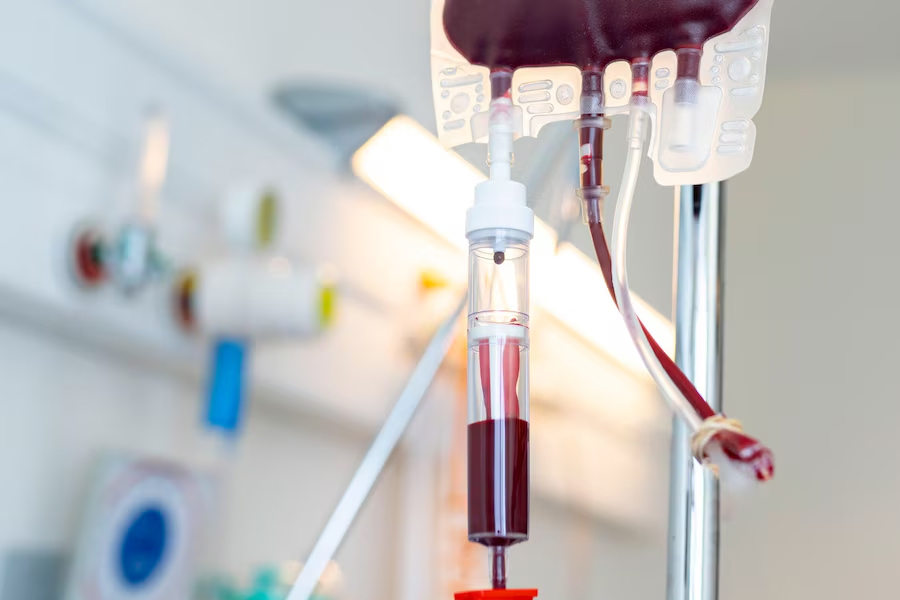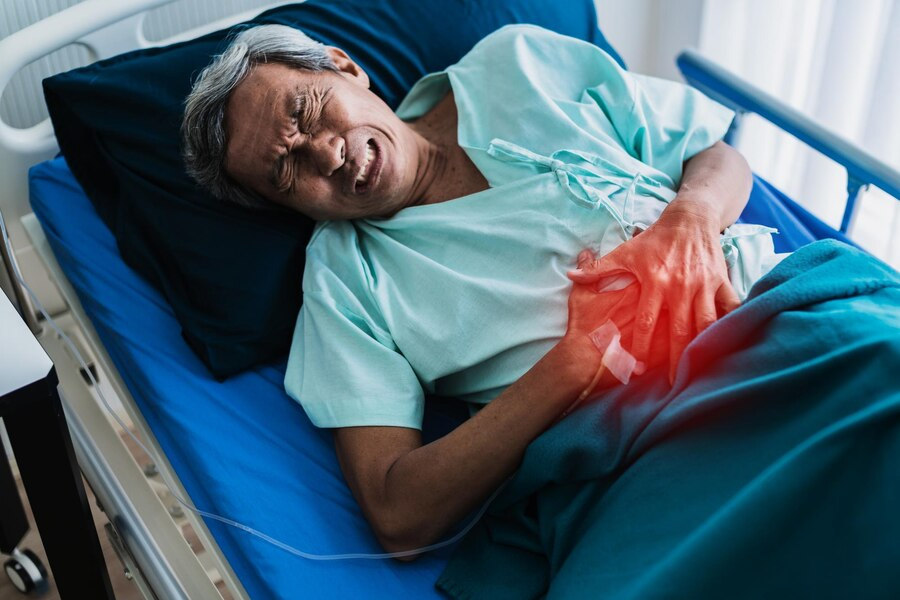
Did you know internal bleeding can be a silent but life-threatening condition? Unlike visible wounds, it occurs within the body, making it harder to detect until significant damage has occurred. It can be triggered by an accident, an underlying health condition, or a medication side effect. Understanding the symptoms, causes, treatment options, and potential complications is vital for timely intervention and improved outcomes. We spoke to our expert Dr Sonali Gautam, Consultant, Gastroenterology and Hepatology, Kokilaben Dhirubhai Ambani Hospital, Navi Mumbai, who shared her insights into this critical health issue.
Table of Content:-
Symptoms of Internal Bleeding
The symptoms of internal bleeding can vary depending on the location and severity of the bleeding, but they often remain unnoticed until the condition worsens. Common signs listed by Dr Gautam include:

- Unexplained Bruising and Pain: Bruises without known injury may indicate bleeding under the skin or within deeper tissues.
- Dizziness and Weakness: These symptoms could suggest significant blood loss, reducing oxygen delivery to vital organs.
- Changes in Bodily Excretions: Black, tarry stools, blood-streaked urine, or vomit that resembles coffee grounds are classic indicators of gastrointestinal bleeding.
- Neurological Symptoms: Bleeding in the brain can present with severe headaches, vision disturbances, or seizures.
- Shock Symptoms: Confusion, rapid breathing (tachypnea), and low blood pressure (hypotension) are alarming signs that the body is in shock due to excessive blood loss.
To make an accurate diagnosis, a medical evaluation is essential since these symptoms can overlap with other conditions.
Also Read: Haemophilia: What Men Need to Know About This Genetic Bleeding Disorder
Causes of Internal Bleeding
Internal bleeding can result from various factors, including trauma and medical conditions. Here are some listed by Dr Gautam:

- Traumatic Injuries: Falls, car accidents, or blunt force injuries can cause bleeding by damaging blood vessels or organs. Fractures may also contribute to internal blood loss.
- Medical Conditions: Stomach ulcers, aneurysms (abnormal bulging of blood vessels), and certain types of cancer can erode blood vessels, leading to internal bleeding.
- Medications: Blood-thinning drugs like anticoagulants or antiplatelet agents may increase the risk of internal bleeding, particularly in older adults or those with pre-existing conditions.
- Surgical Procedures: Rarely, internal bleeding can occur as a complication of surgery or invasive medical procedures.
Treatment For Internal Bleeding
The approach to treating internal bleeding depends on its location, root cause, and severity. Timely medical intervention is essential to prevent life-threatening complications.

- Mild Cases: Minor bleeding may resolve on its own with rest and close monitoring. Doctors might recommend supportive care, including hydration and medications to aid recovery.
- Blood Transfusions and Medications: Severe bleeding often requires blood transfusions to replenish lost blood. Medications that promote clotting may also be administered to stabilise the patient.
- Minimally Invasive Procedures: Diagnostic and therapeutic interventions, such as endoscopy or embolisation can identify and treat the source of bleeding without major surgery.
- Surgical Intervention: In critical cases, surgery may be necessary to repair damaged blood vessels, remove damaged tissue, or address underlying conditions causing the bleeding.
Also Read: From Stomach Ulcer To Cancer, What All Can Blood In Stool Mean?
Complications of Internal Bleeding
When left untreated, internal bleeding can lead to severe and sometimes irreversible complications. Watch out for these complications of internal bleeding, as listed by the expert:

- Organ Failure: Loss of blood flow to vital organs like the brain, heart, or kidneys can result in permanent damage or failure.
- Shock: Severe blood loss can lead to hypovolemic shock, a condition where the body is unable to maintain adequate blood pressure and circulation.
- Neurological Issues: Bleeding in the brain may result in infections, prolonged disability, or life-altering conditions, such as paralysis or cognitive impairment.
According to a 2019 study, despite advancements in trauma care, uncontrolled bleeding remains a leading cause of death following severe injuries. In some cases, if the bleeding isn’t swiftly controlled, it can result in death within approximately 90 minutes of hospital arrival.
"Fortunately, many of these complications can be avoided with early diagnosis and proper medical care. Regular check-ups and timely responses to unusual symptoms play a significant role in minimising risks," added Dr Gautam.
[Disclaimer: This article contains information provided by an expert and is for informational purposes only. Hence, we advise you to consult your own professional if you are dealing with any health issues to avoid complications.]
Also watch this video
How we keep this article up to date:
We work with experts and keep a close eye on the latest in health and wellness. Whenever there is a new research or helpful information, we update our articles with accurate and useful advice.
Current Version